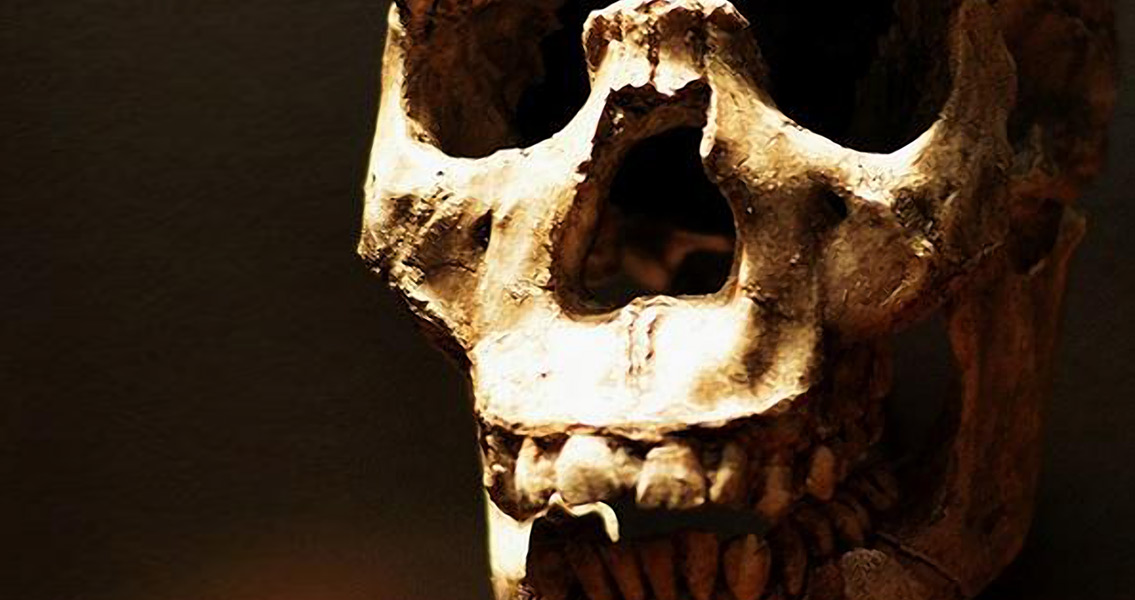<![CDATA[Researchers from the University of California, Davis, have recently published a paper describing how the evolutionary process has purged large amounts of Neanderthal DNA from the human genome. Tens of thousands of years in the past, Neanderthals and modern humans came in close contact with one another. This led to interbreeding on a massive scale, yet today modern non-African humans are only 1 percent to 4 percent Neanderthal genetically. In order to understand why Neanderthal genetic material dwindled so quickly and nearly so completely, UC Davis researcher Ivan Juric and his colleagues decided to investigate. The research team developed a new tool for estimating how strong natural selection as an evolutionary process affected Neanderthal genetic material. The evolutionary processes removed minor deleterious Neanderthal traits – alleles that were found to be mildly negative seemed to be removed first. In a press release from the university the scientists say that these genetic variations were persistent in the Neanderthal population because of its reduced size in comparison to the human population. Once these genes were transferred to the human genome, the alleles in question were targeted by natural selection; the larger population dealt with the genetic material more effectively, removing the genetic variants over the generations. This new research endeavor is one of the first to ascertain how strong Neanderthal genetic material was selected against, in an attempt to enhance the understanding of Neanderthal contributions to the human genome. The research also found evidence that people of East Asian descent might have stemmed from populations that had more contact with Neanderthals than human populations further west, shedding new light on how population size can impact the amount of Neanderthal genetic material that survives in human populations. Juric remarked that it’s common knowledge that humans and Neanderthals interbred, with many non-African populations being the descendants of these interbred hybrid humans. With previous research making it obvious that a number of Neanderthal gene variants fell to the wayside through natural selection, Juric and his colleagues said they wanted to expand understanding as to the mechanics of this genetic loss. The researcher said that the team’s results align with a specific scenario in which Neanderthal genes ended up accumulating many minorly negative traits because natural selection was largely ineffective in the Neanderthal population. Once these variants ended up in the human population, the human population was large enough to select against those negative variants, effectively purging them from our genetic code and resulting in the relatively low Neanderthal genetic content we experience today. This means that the main reason more Neanderthal genetic material has not survived to this day is because of the relative size of the population of our closest archaic human cousins. If European Neanderthal populations had reached larger sizes, or if the growth of the modern human population had been slower, there might have been much more Neanderthal genetic content in modern humans as a result, Juric mused. The new research study, available in the journal PLOS Genetics, can be found at http://journals.plos.org/plosgenetics/article?id=10.1371/journal.pgen.1006340 Image courtesy of Jaysmark, Flickr, CC BY]]>
Natural Selection Eliminates Neanderthal DNA in Humans
